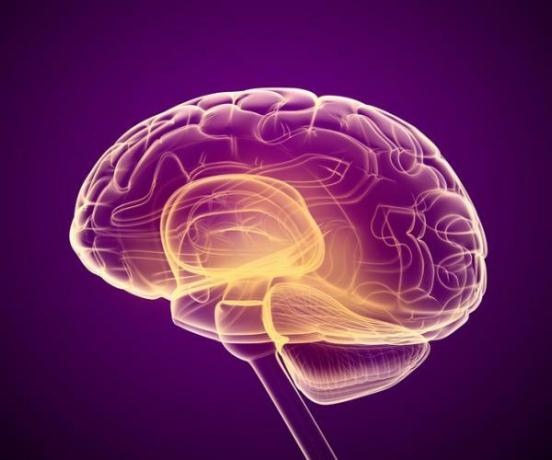
Pseudoperceptions are mental abnormalities in the form of images that or are produced in the absence of specific stimuli that elicit them (hallucinoid images, hypnagogic) are maintained even though the stimulus that caused them is no longer present (parasitic, consecutive or mnemic). In this article on Piscology Online we are going to discover you what are pseudoperceptions with definition and examples so that you better understand what it is about.
Index
- Consecutive images
- Hypnagogic Images
- Parasitic Images
- Hallucinoid Imaging
- Mnemic Imaging
Consecutive images.
One of the examples of pseudo-perceptions is consecutive images. They are produced as consequence of a sensory stimulus immediately before, so they have also been called post-images. Thus, they differ from eidetic images that last only a few seconds after stimulation and are therefore difficult to evoke voluntarily over time.
In addition, they have the opposite characteristics to those of the previously received stimulation, which is why they have been called negative images. They do not indicate the presence of pathological signs.
Hypnagogic Images.
These images they occur in states of semi-consciousness, between wakefulness and sleep. Hypnagogic images are those that appear in the passage from sleep to wakefulness, they are usually vivid and realistic, although their content lacks meaning for the subject.
They usually appear in the auditory and visual modality, appear in both the normal and clinical population and differ from hallucinations due to the low value of reality that the subject attributes to them and due to the fluctuation of consciousness that present.
Parasitic Images.
They occur as a consequence of a stimulation that no longer exists, so they are autonomous and subjective. When the subject does not fix his attention on them, they appear and disappear when he concentrates on the experience. An exception are obsessive images that, unlike those described, persist even though the subject focuses their attention on them. They usually appear in states of extreme tiredness or fatigue.
Hallucinoid images.
Are produced in the absence of stimulus that triggers them, and the subject does not give them the value of reality. They can be caused by drug poisoning or in the black space of the closed eyes.
Mnemic Images.
They are images that appear with little vividness, and one type of these are eidetic images, exact representations of sensory impressions, from the visual or auditory modalities, that are "fixed" in the subject's mind. They can appear voluntarily or involuntarily.
This article is merely informative, in Psychology-Online we do not have the power to make a diagnosis or recommend a treatment. We invite you to go to a psychologist to treat your particular case.
If you want to read more articles similar to Pseudoperceptions: definition and examples, we recommend that you enter our category of Clinical psychology.


